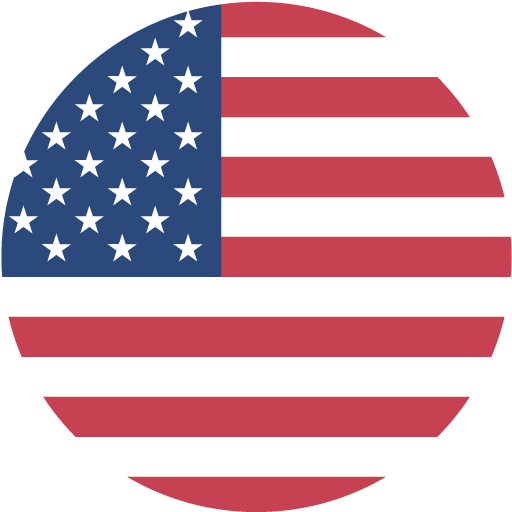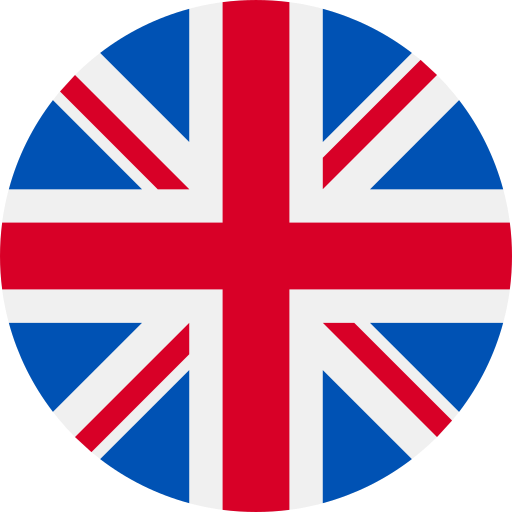Laundry symbols provide care instructions to help you protect your clothes. No matter where you’ve bought your items, laundry symbols are often universal indicators of how best to look after your clothes without risking damage like shrinking or fading. Understanding these symbols is crucial to long-lasting wear and keeping your clothes and garments looking their best.
What Is the Meaning of Laundry Washing Symbols?
In short, washing symbols standardize care instructions across brands and countries. Luckily, there are lots of symbols that indicate how to wash, dry, bleach, and maintain your clothes to keep them in good condition. However, the sheer number of symbols means it’s easy to get confused. That's why it's essential to understand the most basic ones and then branch out into understanding more of the specifics.
What Are the 5 Most Common Basic Laundry Symbols?
While there is a variety of different symbols, the five most common are:
- Machine Wash: The symbol that looks like a tub filled with water indicates that the item is machine washable. Different temperatures and lines indicate the type of machine wash you need to use.
- Hand Wash: The tub of water with the hand submerged illustrates that you should wash this item by hand to avoid damaging your garment.
- Cold Wash: The cold water symbol often indicates a tub of water followed by a ‘30’ or a singular dot, demonstrating that your item should be washed in cool water.
- Warm Wash: The warm water symbol is generally indicated with two dots or at 40 degrees.
- Do Not Bleach: This symbol outlines a triangle with a cross or ‘X’ running through it.
How Do You Decode Laundry Symbols?
Washing Laundry Symbols
General Washing
The first and most important symbols to understand are the washing symbols. Putting your clothes into the washing machine on the wrong setting, cycle, or temperature could cause irreversible damage. So, it’s best to understand the general washing symbols first.
- Machine Wash: When you see this symbol, it means that your clothes are suitable to wash in a washer (as long as you stick to the correct cycle and temperature indicated on the other symbols). So, with some refreshing laundry detergent sheets like Freddie, your clothes should wash out, looking clean and fresh.
- Do Not Wash: This symbol illustrates that your garments should never be washed in a machine. Instead, consider taking them to a specialist dry cleaner.
- Hand Wash: If your garment has the hand wash symbol, your (likely) delicate item needs to be washed by hand instead of using the machine. Often, these delicacies made out of silk or linen materials may shrink or lose shape in the machine; sometimes, they can be so damaged that even upcycling won’t save them.
- Dry Clean Only: If you see this symbol, don’t risk washing your garment yourself in the machine. It’s always best to take it to the dry cleaner directly to clean it, or at least seek their advice on how best to wash it.
- Do Not Dry Clean: It might seem unusual, but if you see this symbol, you shouldn’t take your item to the dry cleaners as the chemicals or methods of washing might be too strong for your fabric. In these cases, it’s best to wash your garment in the machine on the handwash or gentle cycle to ensure minimum disruption to the fabric. A mesh bag is best to use in this situation, but turning the garment inside out can also help lessen any damage if you don't have one.
Cycle
Once you understand the general washing guides, it’s important to decipher what cycle your item should be put on.
- Normal Cycle: You’ll recognise this sign as a tub of water without any lines underneath it, indicating that your garment can undergo a slightly stronger (regular) wash. Often, everyday items like t-shirts, jeans, and socks can be used on a regular wash as the material is less delicate and more durable. The normal cycle generally removes dirt from most items of clothing.
- Delicate Cycle: The tub of water indicates the delicate cycle with two lines underneath it. The antithesis to the normal cycle, the delicate alternative uses a slower spin and cooler water to clean the clothes. While some people use cooler cycles anyway to limit their impact on the climate crisis, a cooler, slower wash could extend some garments’ lifespan.
- Permanent Press Cycle: In the middle, the tub of water with one line under it is the permanent press cycle, which helps wash synthetic fibers, such as polyester. It uses warm water and slower cycles (compared to the normal cycle) to avoid unnecessary wrinkles in the garments.
Temperature
Much like checking the ingredients of your detergents, it’s essential to check what temperature is best to wash at to avoid shrinking or damaging your clothes.
- Cold Water: The wash tub with a single dot indicates that the cycle should run with cold water (between 65°-85°F).
- Warm Water: The wash tub with two dots must be washed with warm water for the best results, not more than 105°F.
- Hot Water: If you see the symbol of the tub with three dots, then your garment can be washed with hot water, approximately 120°F.
Drying Laundry Symbols
General
Much like the washing symbols, many drying symbols must be properly understood to avoid damaging clothes.
- Tumble Dry: This symbol indicates that you can tumble dry your clothes (though it’s important to note what settings your clothes need to be under to avoid damage or shrinking).
- Do Not Tumble Dry: The tumble dry symbol with a cross through it illustrates that you should not tumble dry your clothes. If you choose to, your garments may get damaged or shrink, rendering them unwearable.
- Hang to Dry: This symbol tells you to avoid the tumble dryer and hang your clothes out to dry instead. Air drying should be done in a shaded area (out of direct sunlight) to avoid discolouring or shrinking.
- Dry Flat: If you see this symbol, avoid hanging up your washing. Instead, lay your garments on a drying rack or towel. This will help to avoid any unwanted stretching.
- Do Not Wring: This “twisted” symbol with a cross illustrates that if you wring out your garment, you’ll potentially ruin it by stretching the fabric, so always double-check.
Tumble Dry
If you can tumble dry, paying attention to which tumble drying setting is permissible is essential.
- Low Heat: For clothing with this symbol, it’s important to tumble dry your clothes on the lowest heat setting to avoid damaging your garments.
- Medium Heat: Not too high and not too low. This symbol shows that medium heat can be used, but high heat should be avoided.
- High Heat: This symbol indicates you can use the highest heat setting on the tumble dryer.
Bleaching Laundry Symbols
Luckily, there aren’t many bleaching symbols, so generally they’re easy to understand. The simple outline of a triangle shows that you can use bleach, whereas the triangle with a cross-through indicates that you should not use bleach on your garments. If you do, you could ruin them. Some symbols indicate the type of bleach you should use. For example, some garments will work with bleach, while others will only require chlorine bleach.
Ironing Laundry Symbols
Ironing symbols are also relatively simple, with the different dots indicating the temperature setting.
- One dot indicates that you must use your iron on the lowest temperature setting.
- Two dots illustrate a medium iron setting.
- Three dots is the highest setting on the iron, and you should only use this if indicated on the label.
Frequently Asked Questions
What Do the Different Symbols on Clothes Tags Mean?
The icons on labels indicate the different ways you can wash, dry, and care for your garments. These symbols are crucial to understanding how to maintain your clothes and fabrics without damaging them. If you ignore or misunderstand them, you might ruin your garments for good.
What Is the Symbol for Don’t Dry Clean?
An “O” shape usually defines dry cleaning symbols, so you must search for a circle with an “X” or cross running through it to recognize “don't dry clean”. While some symbols can be confusing, knowing this one is essential to avoid harsh chemicals or cleaning methods.
What Is the Circle Crossed Out Laundry Symbol?
If you see just a circle or “O” shape with a cross or “X” running through it, you must ensure you don’t dry clean this garment. Dry cleaning is often excellent for more delicate items or difficult-to-clean clothes, but it’s not always advised.
Understanding Symbols Prevents Waste and Extends Clothing Lifespan
While it can be overwhelming to decipher all the laundry symbols out there, the good news is that many are universal, so you can care for your garments properly no matter where they were made. If you’re looking to take laundry a step further, Freddie’s laundry detergent sheets are designed for a lower-waste routine and come in plastic-jug-free packaging, an easy way to simplify your laundry while staying mindful of materials.


 United States
United States
 Canada
Canada
 Australia
Australia
 United Kingdom
United Kingdom
 Belgium
Belgium
 France
France
 Germany
Germany
 Hong Kong
Hong Kong
 Italy
Italy
 Japan
Japan
 New Zealand
New Zealand
 Portugal
Portugal
 Singapore
Singapore
 Sweden
Sweden
 United Arab Emirates
United Arab Emirates

